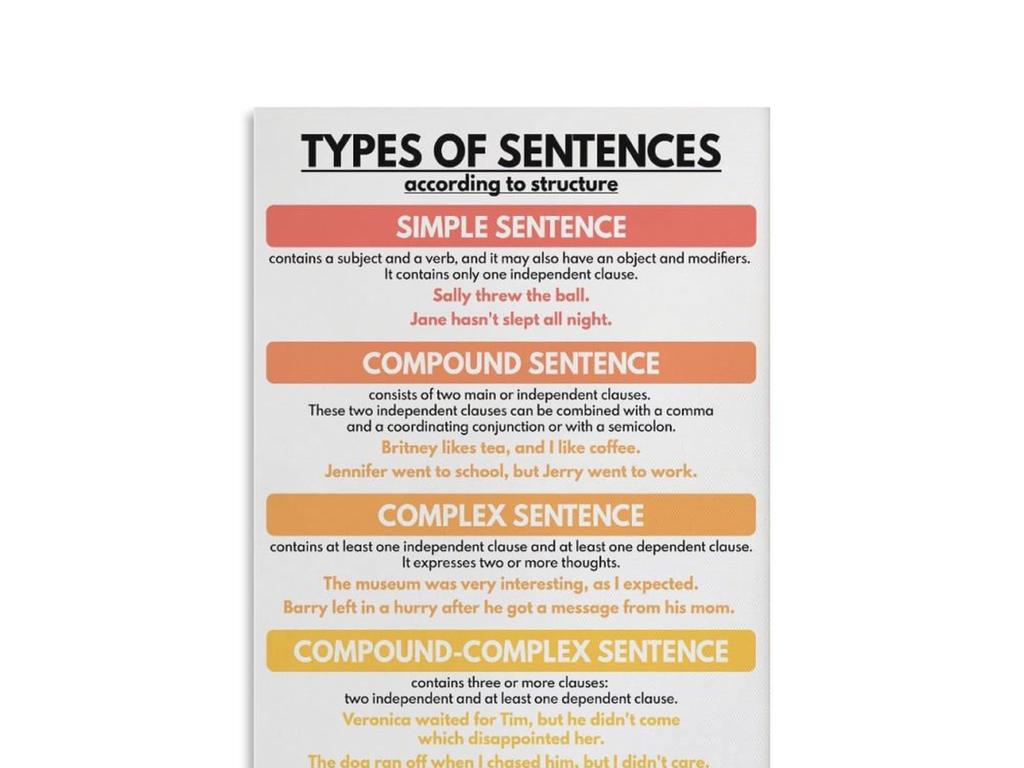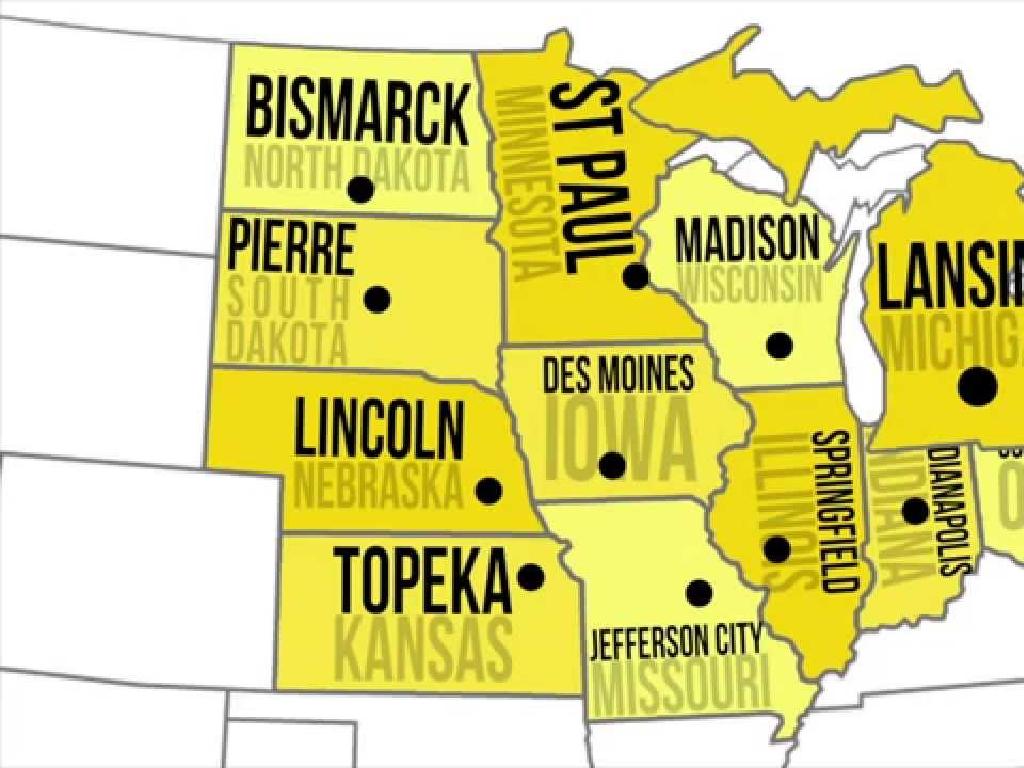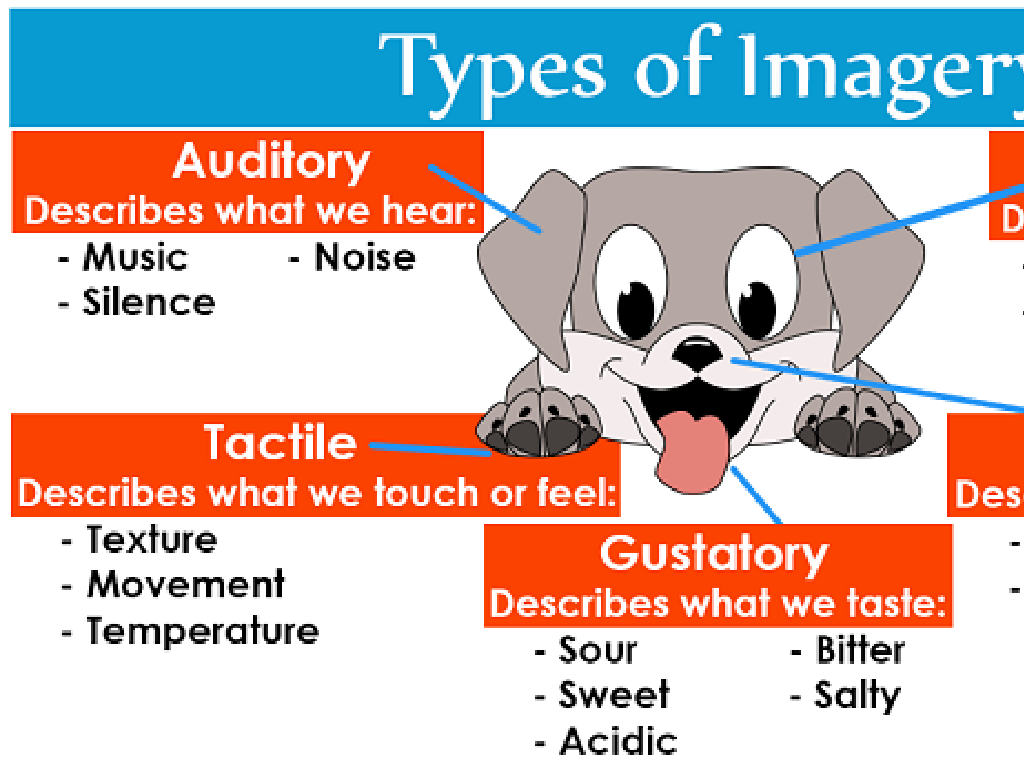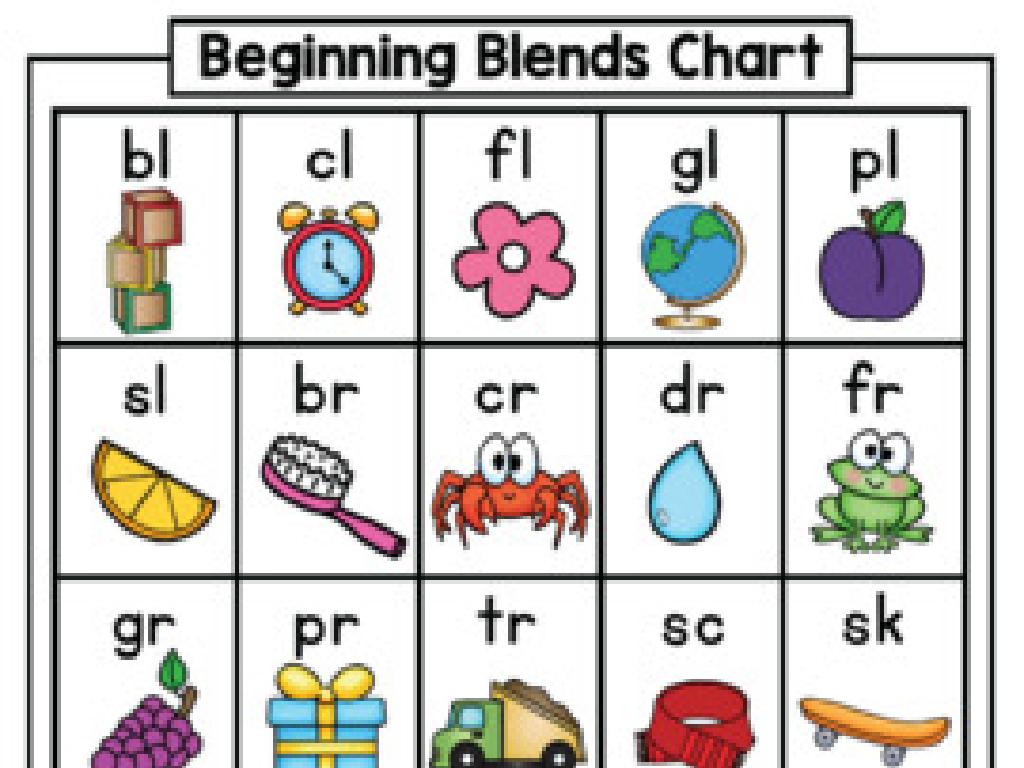Elections And Voting Rights: From The Founding Through The Civil Rights Movement
Subject: Arts and humanities
Grade: High school
Topic: Constitution 109
Please LOG IN to download the presentation. Access is available to registered users only.
View More Content
Introduction to Elections and Voting Rights
– Significance of elections and voting
– Elections are vital for democracy, ensuring citizens’ voices are heard.
– U.S. Constitution’s role in elections
– The Constitution outlines the framework for electoral procedures and voter qualifications.
– Historical journey of voting rights
– Explore the evolution of voting rights from the 18th century to the 1960s.
– Focus: Founding to Civil Rights Movement
– Today’s lesson covers key milestones in the fight for inclusive voting rights.
|
This slide introduces the critical role of elections and voting rights in the United States, emphasizing their importance in a functioning democracy. Highlight how the U.S. Constitution has shaped the electoral process, including the establishment of voting qualifications and procedures. Provide a brief overview of the historical progression of voting rights, from the founding of the nation to the significant changes brought about during the Civil Rights Movement. This lesson aims to give students a foundational understanding of how voting rights have expanded and the ongoing struggle for equality in the electoral process. Encourage students to consider the impact of these historical events on current voting rights and participation.
The Founding Fathers and Voting Rights
– Identify the Founding Fathers
– Key figures like Washington, Jefferson, and Franklin
– Founders’ views on voting rights
– Belief in property ownership as a stake in society’s future
– Property-based voting eligibility
– Only property owners could vote initially, reflecting a stakeholder view of democracy
– Evolution of voting post-Founding era
|
This slide aims to introduce students to the Founding Fathers and their initial framework for voting rights in the United States. Discuss key figures such as George Washington, Thomas Jefferson, and Benjamin Franklin, and explore their perspectives on who should have the right to vote. Initially, voting was restricted to property owners, which was a common view at the time, reflecting the belief that only those with a stake in property could be trusted to vote. This concept was rooted in the idea that property owners had a vested interest in responsible governance. Over time, these restrictions evolved, leading to the broader enfranchisement we see today. Encourage students to consider how these early views on voting rights have shaped the trajectory of American democracy and to reflect on the changes that have occurred since the founding era.
Expansion of Suffrage in the 19th Century
– 15th Amendment significance
– Granted voting rights regardless of race, color, or previous servitude
– Women’s suffrage and 19th Amendment
– Gave women the right to vote, a milestone in gender equality
– Voter suppression post-amendments
– Poll taxes, literacy tests, grandfather clauses to disenfranchise voters
– Impact on modern voting rights
|
This slide explores the critical expansions of voting rights in the 19th century, focusing on the 15th and 19th Amendments. The 15th Amendment was a significant step towards racial equality by prohibiting voter discrimination based on race. However, it’s important to discuss how, despite its intentions, various methods were used to suppress voters, particularly African Americans. The 19th Amendment was a landmark victory for the women’s suffrage movement, granting women the right to vote. Highlight the long struggle leading up to its ratification and its impact on gender equality. Discuss how these historical amendments have shaped the current landscape of voting rights and the ongoing challenges to ensure fair and equal access to the ballot box for all citizens.
The Civil Rights Movement and Voting Rights
– Civil rights struggle in the ’50s and ’60s
– A pivotal era for equality, marked by protests and legislative battles.
– Influential Civil Rights leaders
– Leaders like Martin Luther King Jr., Rosa Parks, and Malcolm X spearheaded the movement.
– The Voting Rights Act of 1965
– A landmark law prohibiting racial discrimination in voting.
– Act’s impact on voting rights
– It significantly increased voter registration in the South, changing the political landscape.
|
This slide aims to encapsulate the essence of the Civil Rights Movement with a focus on voting rights. The 1950s and 1960s were a period of intense activism and change, with widespread efforts to end racial segregation and disenfranchisement. Highlight key figures such as Martin Luther King Jr., Rosa Parks, and Malcolm X, who played crucial roles in mobilizing the African American community and allies. Discuss the Voting Rights Act of 1965, which was a direct result of the movement’s efforts and a turning point in American history. Its passage marked a significant victory for civil rights, leading to a dramatic increase in voter registration among African Americans, especially in the Southern states. The Act’s legacy continues to influence discussions on voting rights and electoral reforms.
Case Studies: Milestones in Voting Rights
– Women’s Suffrage Movement
– The struggle for women’s right to vote, culminating in the 19th Amendment
– Seneca Falls Convention
– The 1848 meeting that sparked the women’s rights movement in the U.S.
– Selma to Montgomery Marches
– Pivotal 1965 civil rights protests demanding African American voting rights
– Impact on Voting Rights
– These events were crucial in expanding democracy and shaping modern voting laws
|
This slide examines two pivotal events in the history of U.S. voting rights. The Women’s Suffrage Movement, particularly the Seneca Falls Convention of 1848, was a landmark event that galvanized the fight for women’s rights, including the right to vote, which was eventually granted by the 19th Amendment. The Selma to Montgomery Marches in 1965 were critical in the African American civil rights movement, leading to the Voting Rights Act of 1965. Both case studies serve as examples of how activism and advocacy can lead to significant changes in legislation and society. Encourage students to reflect on the long-term effects of these events and to discuss how they continue to influence the fight for equality and voting rights today.
Modern Challenges to Voting Rights
– Overview of current voting issues
– Discuss barriers like voter ID laws, gerrymandering, and disenfranchisement.
– Supreme Court’s impact on voting
– Review key Supreme Court cases affecting voter registration and districting.
– Citizen roles in voting rights
– Explore how individuals can engage in advocacy and awareness campaigns.
– Actions to safeguard voting rights
– Encourage voter registration drives, education on rights, and participation in local elections.
|
This slide addresses the contemporary issues surrounding voting rights and the ongoing struggle to ensure fair and equal access to the ballot. Highlight the significance of the Supreme Court in interpreting the Constitution and how its decisions can either advance or set back voting rights. Emphasize the importance of citizen involvement in protecting their own rights and those of others, including staying informed on legislation, participating in civic activities, and holding elected officials accountable. Provide examples of how students can take action, such as organizing or volunteering for voter registration events, educating their peers about voting rights, and engaging in political discussions to foster a more informed electorate.
Role-Play Debate: Historical Perspectives on Voting Rights
– Divide into historical figure groups
– Present arguments on voting rights
– Each group represents a figure or movement, like Susan B. Anthony or the Civil Rights Movement, arguing their stance on voting rights.
– Discuss the evolution of voting rights
– Connect past struggles to today’s context
– How do historical voting rights issues mirror current challenges? What has changed or stayed the same?
|
This class activity involves students in a role-play debate to understand different historical perspectives on voting rights. By embodying historical figures and movements, students will engage with the material in a dynamic way, presenting arguments and engaging in a discussion that connects past and present. The teacher should prepare a list of figures and movements for the groups, provide context for each, and guide the discussion to ensure a comprehensive understanding of the evolution of voting rights. Possible roles include suffragists, civil rights activists, and constitutional framers. The activity should highlight the ongoing nature of voting rights debates and encourage students to consider the relevance of these issues in today’s society.






